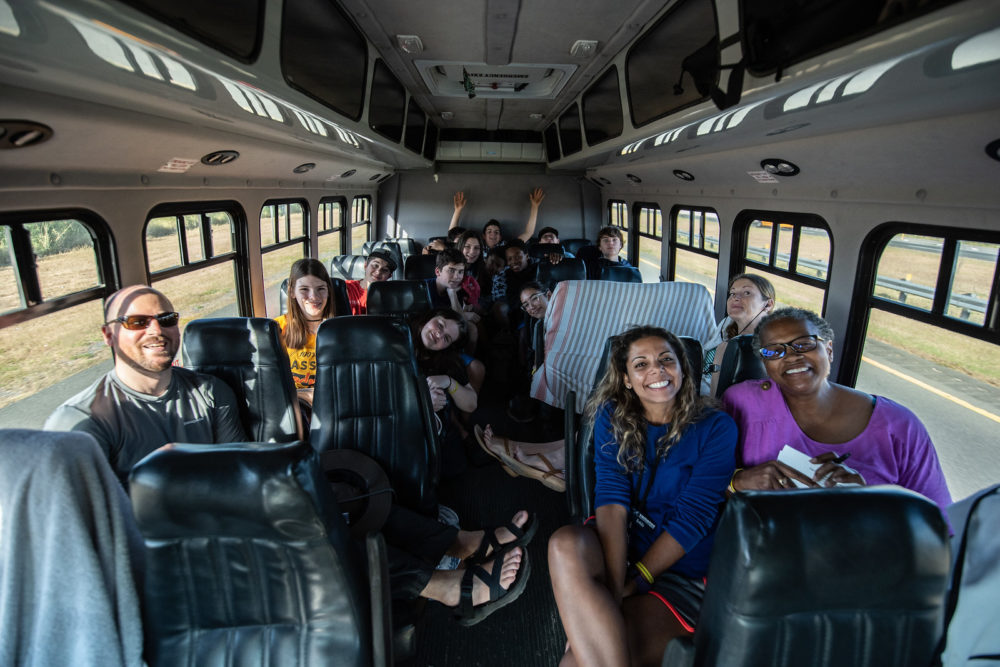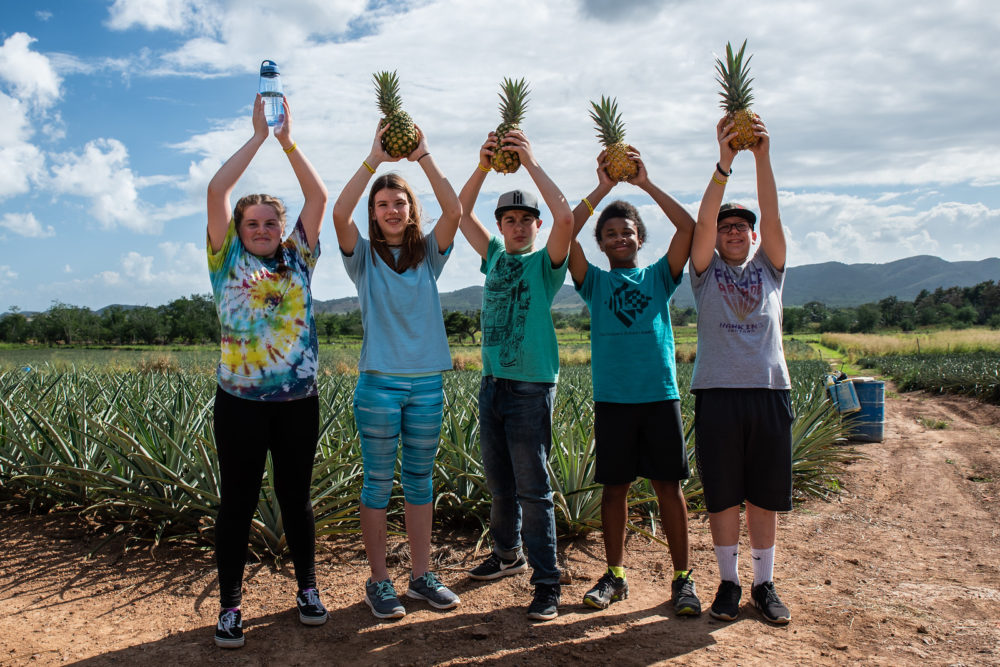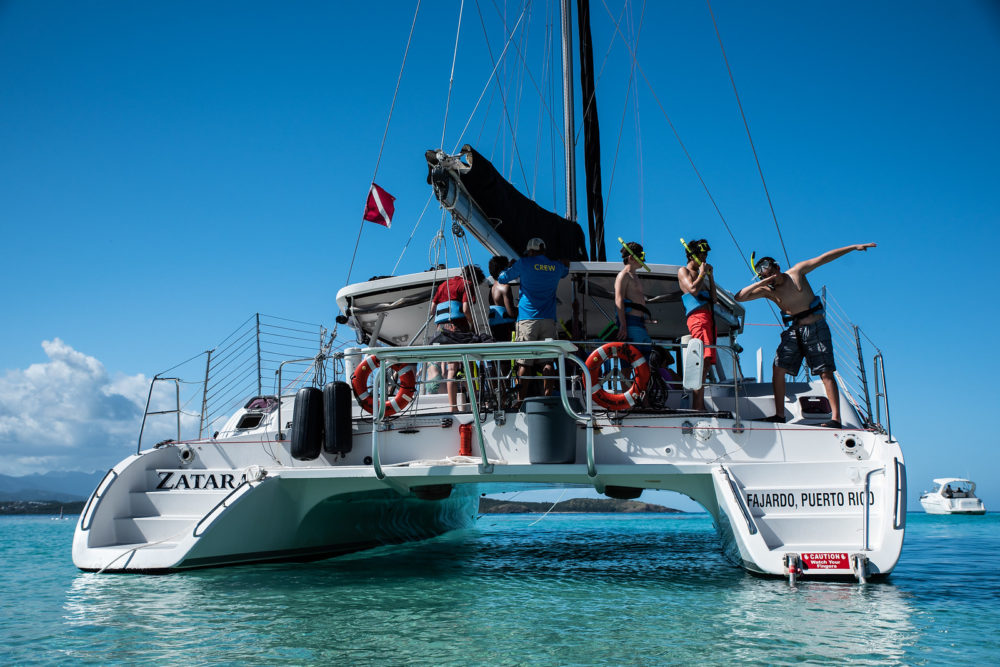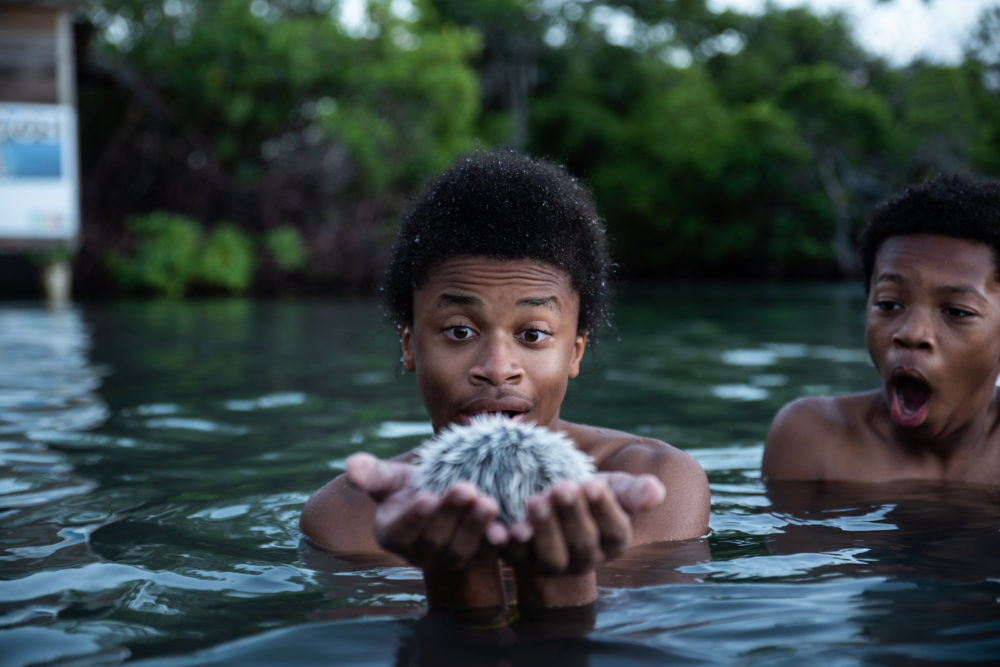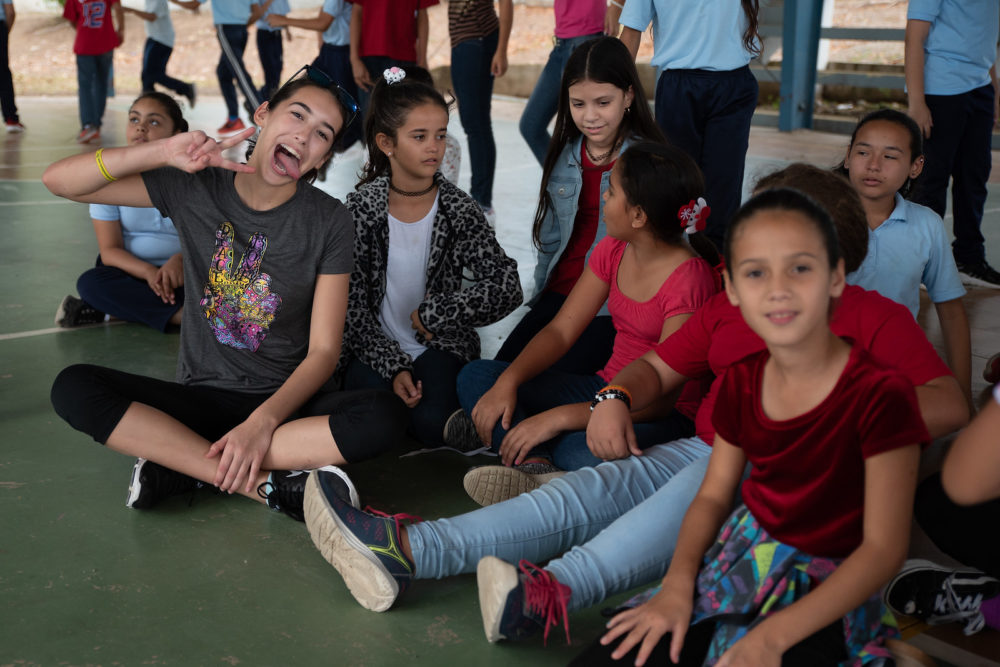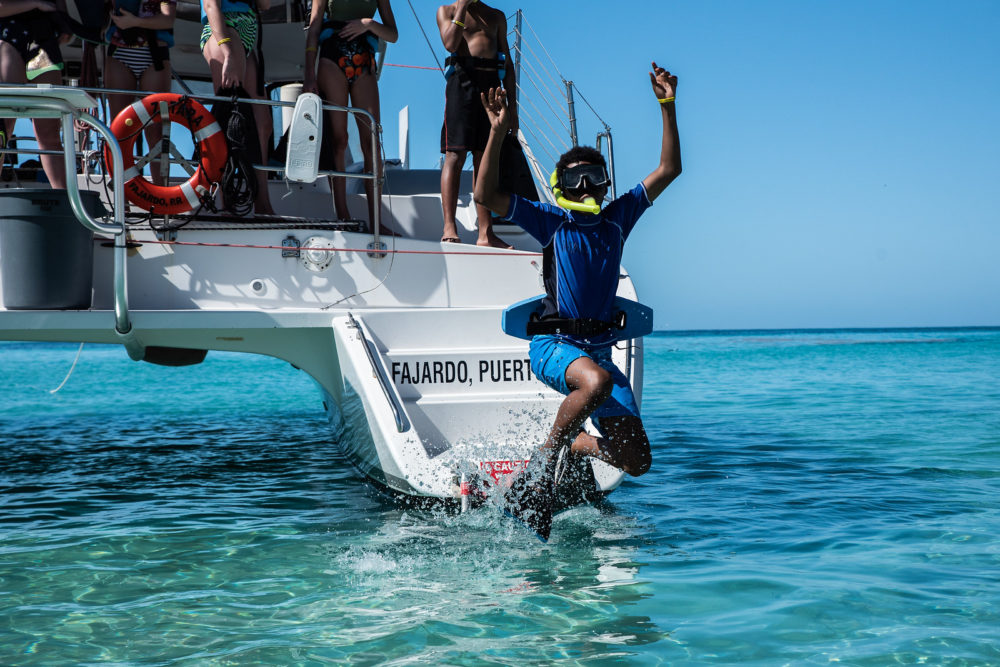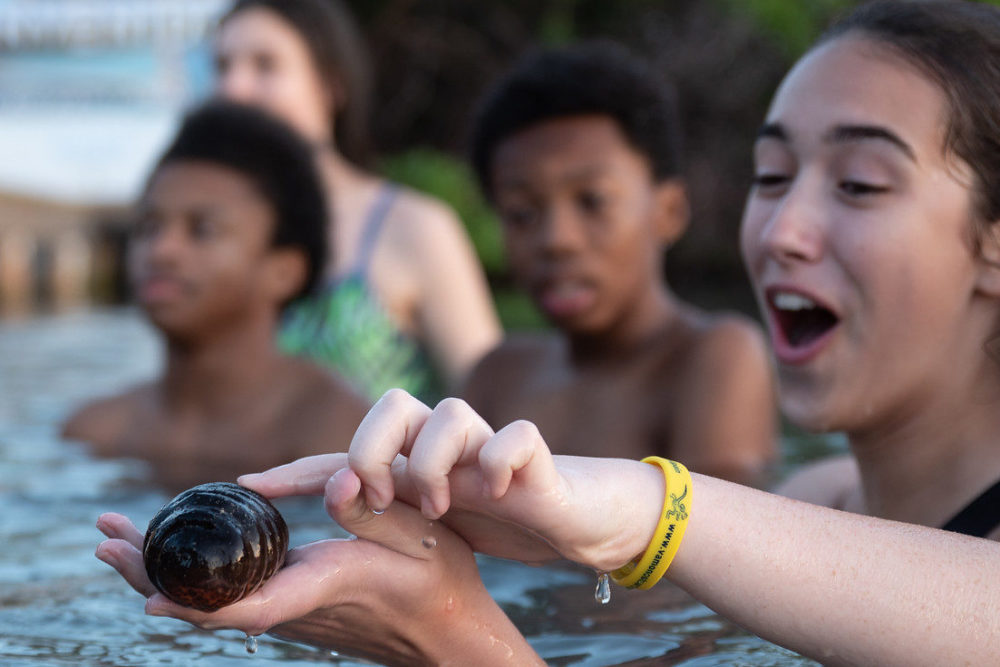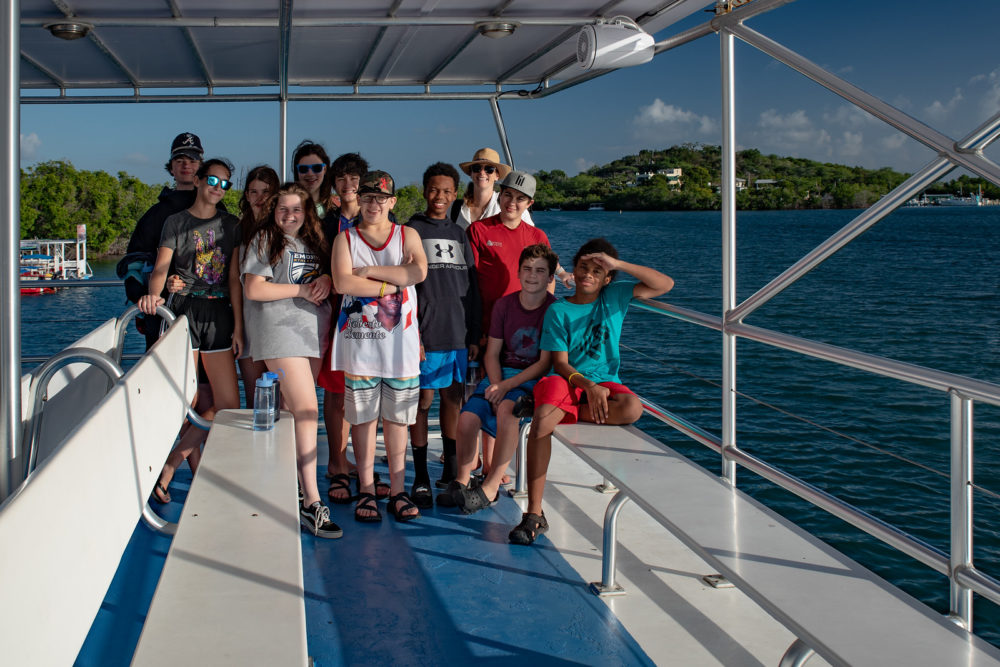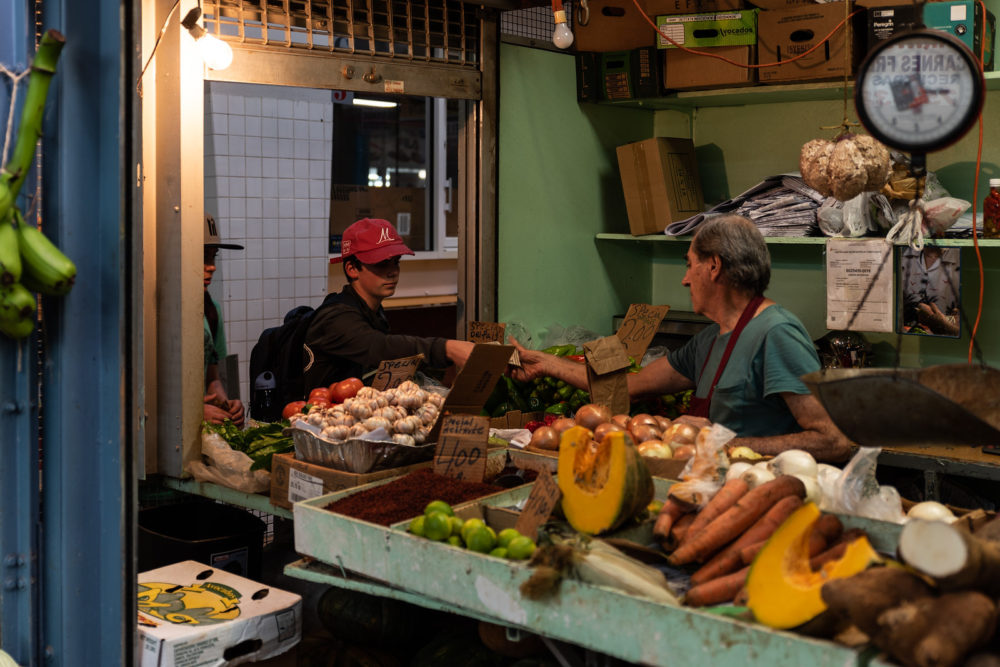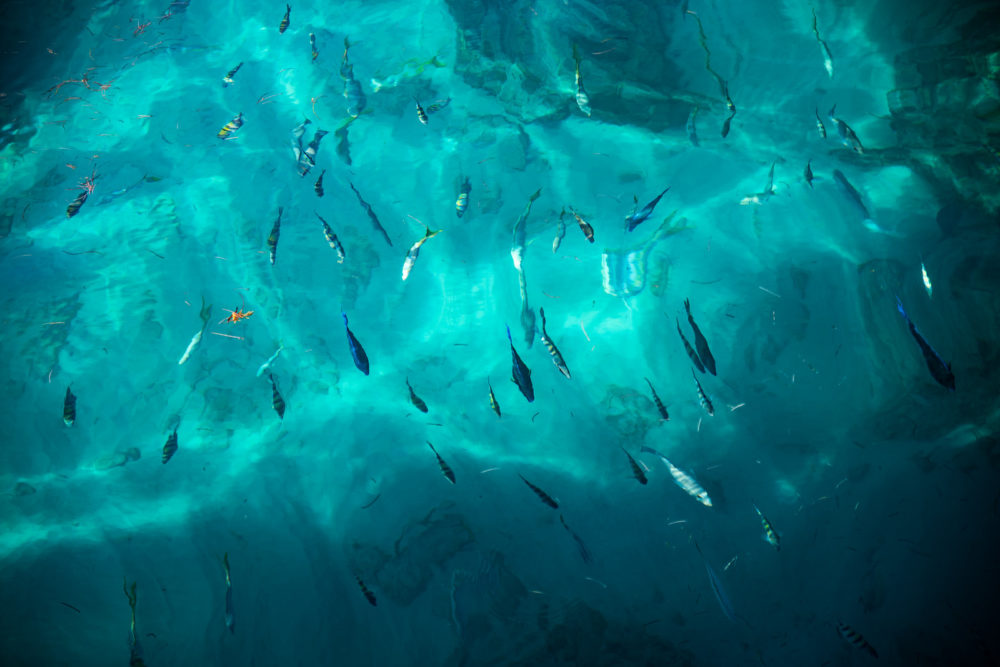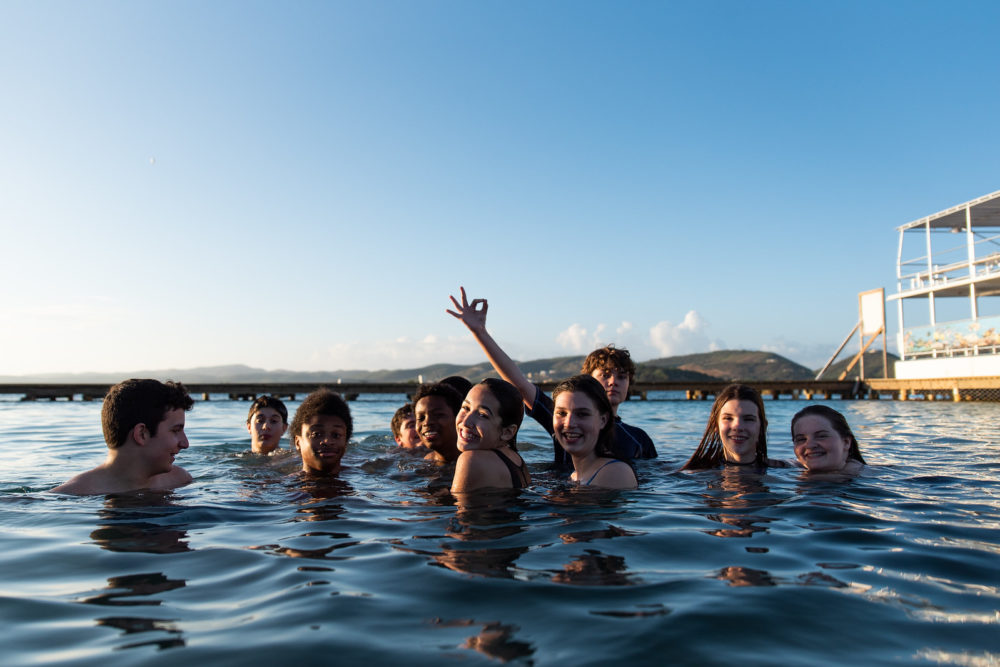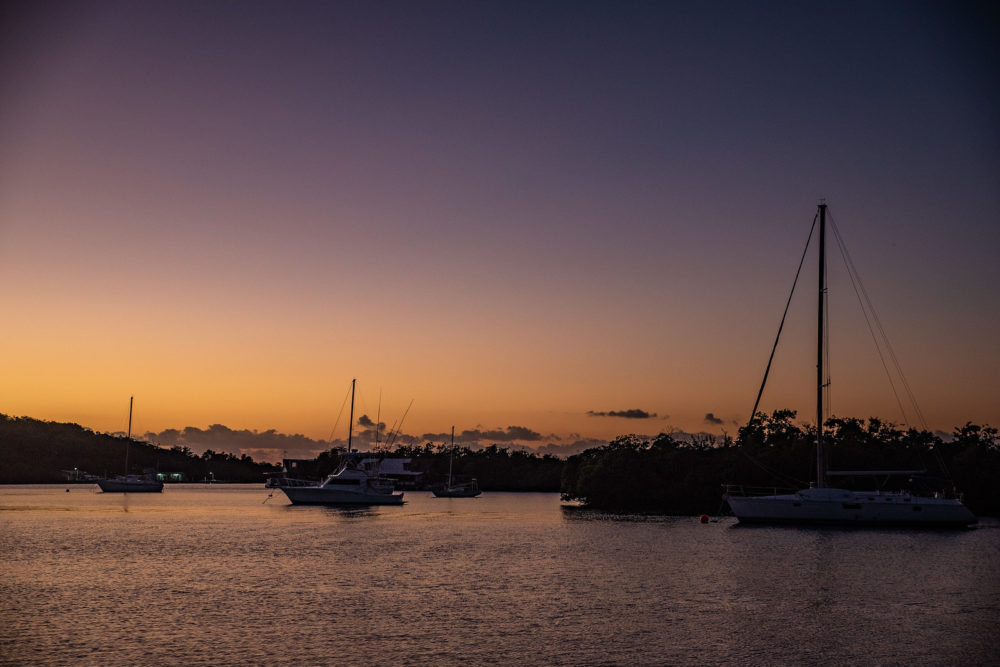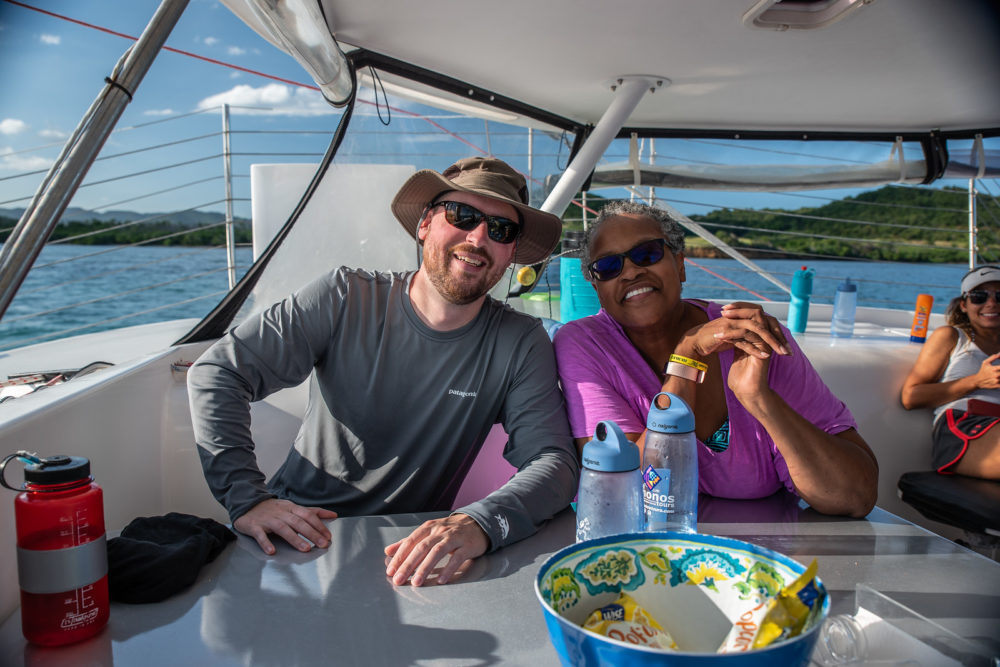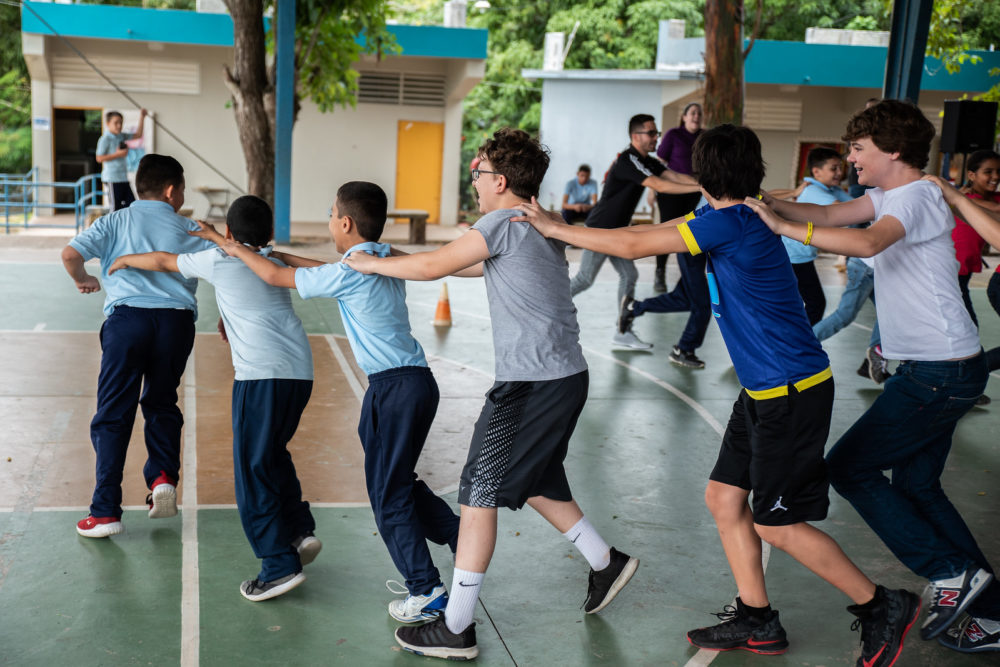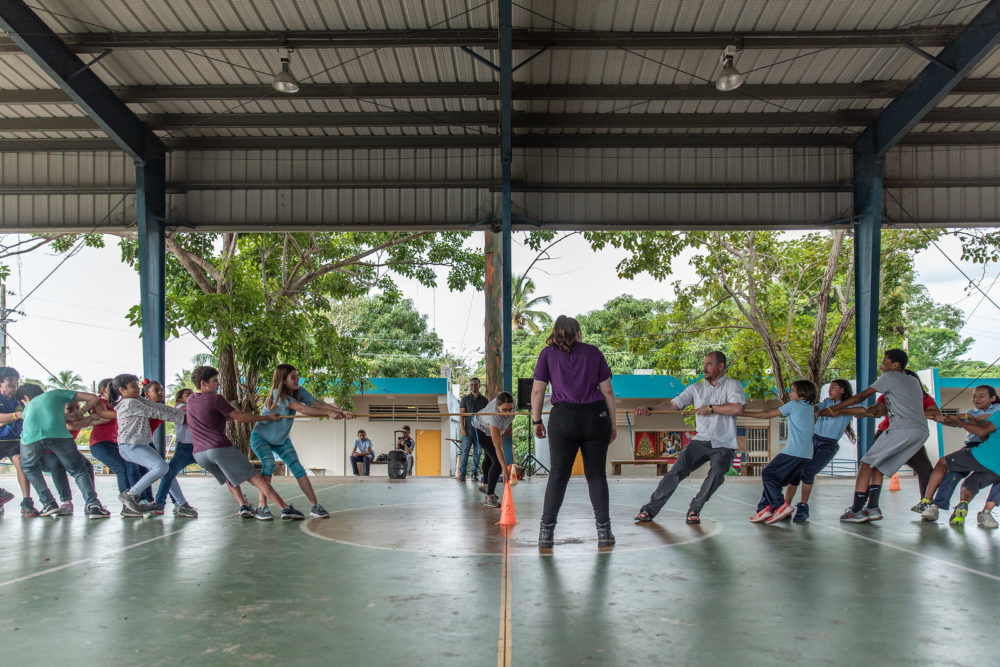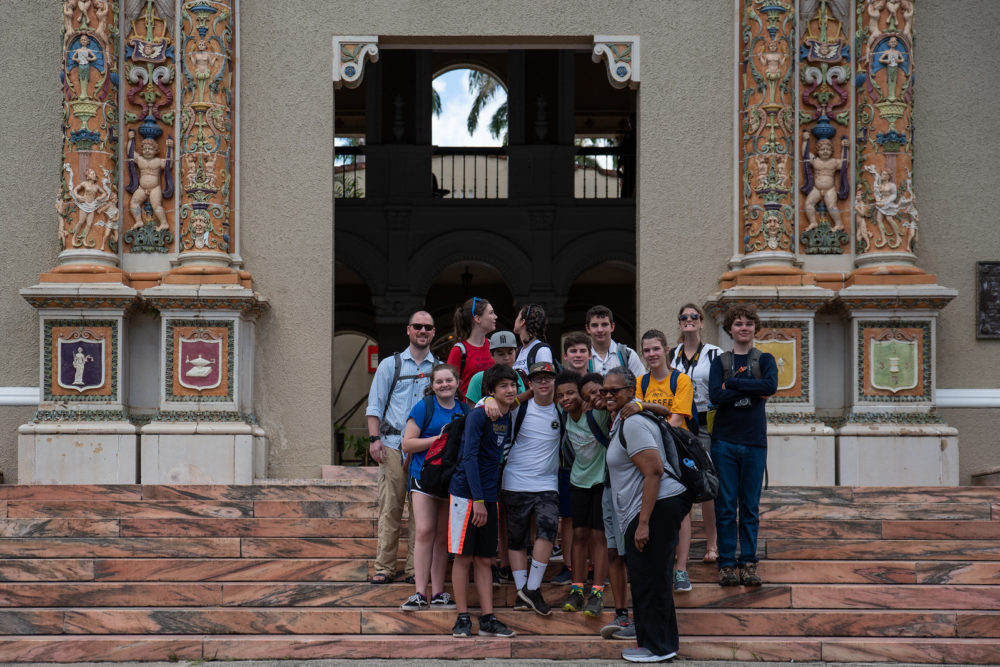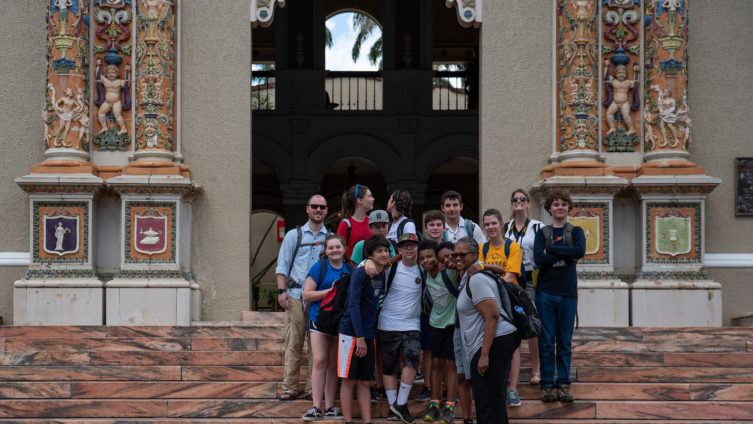
Our first-ever class of eighth graders left a lasting mark on many people and places as they traveled through different Puerto Rican cities, including Ponce, Fajardo, and Old San Juan, during their capstone trip in December.
Traveling to Puerto Rico allowed our eighth graders to experience place-based learning which takes project-based learning to a new level by tapping into the value of proximity and community.
The group of students, along with eighth-grade teachers Todd and Suzanne, assistant head of school Allen, and director of curriculum Sean spent about one week exploring the southern, eastern, and western regions of Puerto Rico to learn more about the local heritage, cultures, landscapes, and more.
“Students were asked to leave their phones (and all devices) at home,” said eighth-grade teacher Suzanne. “Instead of students asking for or complaining about being without their phones, they spent a week engaged, and being fully present.”
Upon arrival, the group (led by tour guide Lola) headed straight for the beach in the African-heritage coastal town of Piñones.
“Every time we got on the bus, Lola would say ‘por aqui, por aqui, por aqui…’ to show us where we were going,” the class recalls.
“I learned how to speak more Spanish,” said Jeffrey. “There were things that we already knew, and they might say them differently, but you’d still understand it because you can hear the base words in the sentence and then you’d piece it together.”
“A lot of the houses and building were painted bright colors,” Lily recalled. Students quickly noticed the beautifully-colored buildings and houses in every town they visited. “In a little part of one town, all the houses were red and black,” said Eli.
“There was a huge fire in Ponce which is the first place that we went and they gave the firefighters the houses that were painted red and black,” said Gio.
“It was the biggest [fire] in Puerto Rico up until then. So the houses went to the families of the firefighters that died,” said Payton.
In La Parguera, students became ecologists and studied the environment that makes Puerto Rican land so unique, such as the Bioluminescent Bay, where students took an eco boat tour to learn about what caused the intriguing bioluminescence.
“It was because of these dinoflagellates, and these mangrove trees in another area of the water that fed vitamin B12 to the dinoflagellates,” said Justin. “Every night, they rose to the surface, and they made millions and millions of other dinoflagellates with the vitamin B12 those mangroves trees provided.”
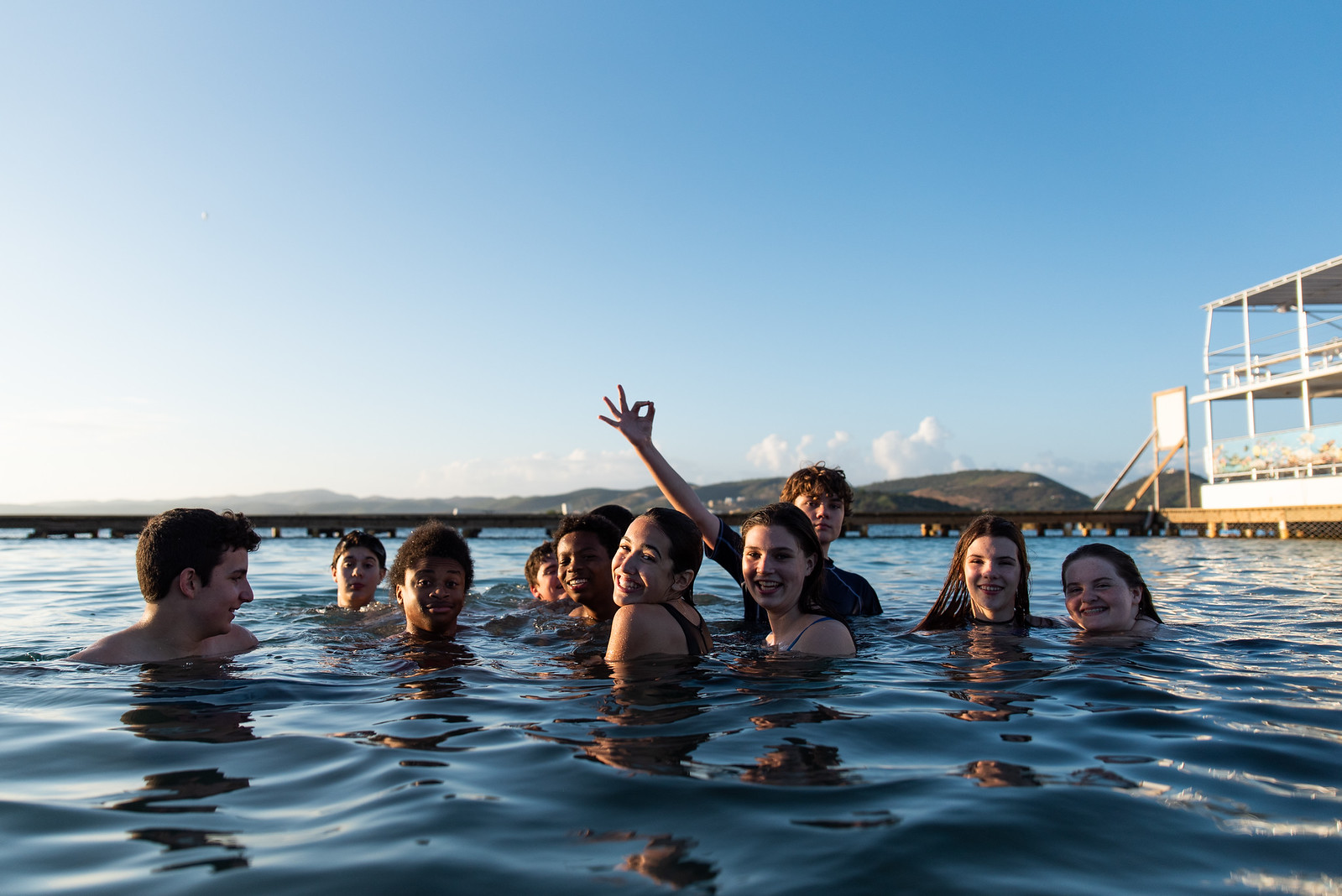
Another sight-to-see was Fort San Cristobal, a fort built by Spain in 1783 to protect against land based attacks on the city of San Juan.
“I learned that rotating cannons exist! I loved it,” said Anders. “They’re cannons that have grooves of metal cut into the ground so that they can pivot.” Spanish soldiers used this fort as a look-out for the flags of pirates or other countries at the time.
“We were told that the pirates that started around Puerto Rico were actually descendants or children of really rich people on the island,” said eighth-grade teacher Todd. “They didn’t have anything to do so they’d just mess around and go and pirate things and take stuff. Because they had enough money, they never get in trouble for it. And that’s the legend of how Puerto Rican pirates really came to be.”
In between these adventures, The Children’s School group spent time with Puerto Rican students from two local schools to complete service-learning projects: one in Lajas, a rural town, and the other in Ponce, a large city.
“We got to see the difference between the two schools, where at the first school things were kind of scattered and not as organized as the public school. It was only because it was less fortunate,” said Alex.
“We painted the bathrooms, made a hopscotch course, and painted an area for them to play ping-pong in place of a ping-pong table,” said Gio. “Fernando, who helped us paint, said something that really stuck with me and a few other people: ‘Everyone can dedicate the money, but not everyone can dedicate the time.’”
At the public school in Ponce, the students met with a group of autistic kids in a special needs class and sang to them.
“The teacher kept on saying that usually, they hide from new people that come in, and they don’t really want to talk to them,” said Justin. “But, this one kid felt so comfortable around us that he wanted to take a picture with us. He was talking to his dad in Spanish when they were leaving (when school was out) and our tour guide, Lola, translated what he was saying. He said, ‘I don’t want to go. These are my new friends.’”
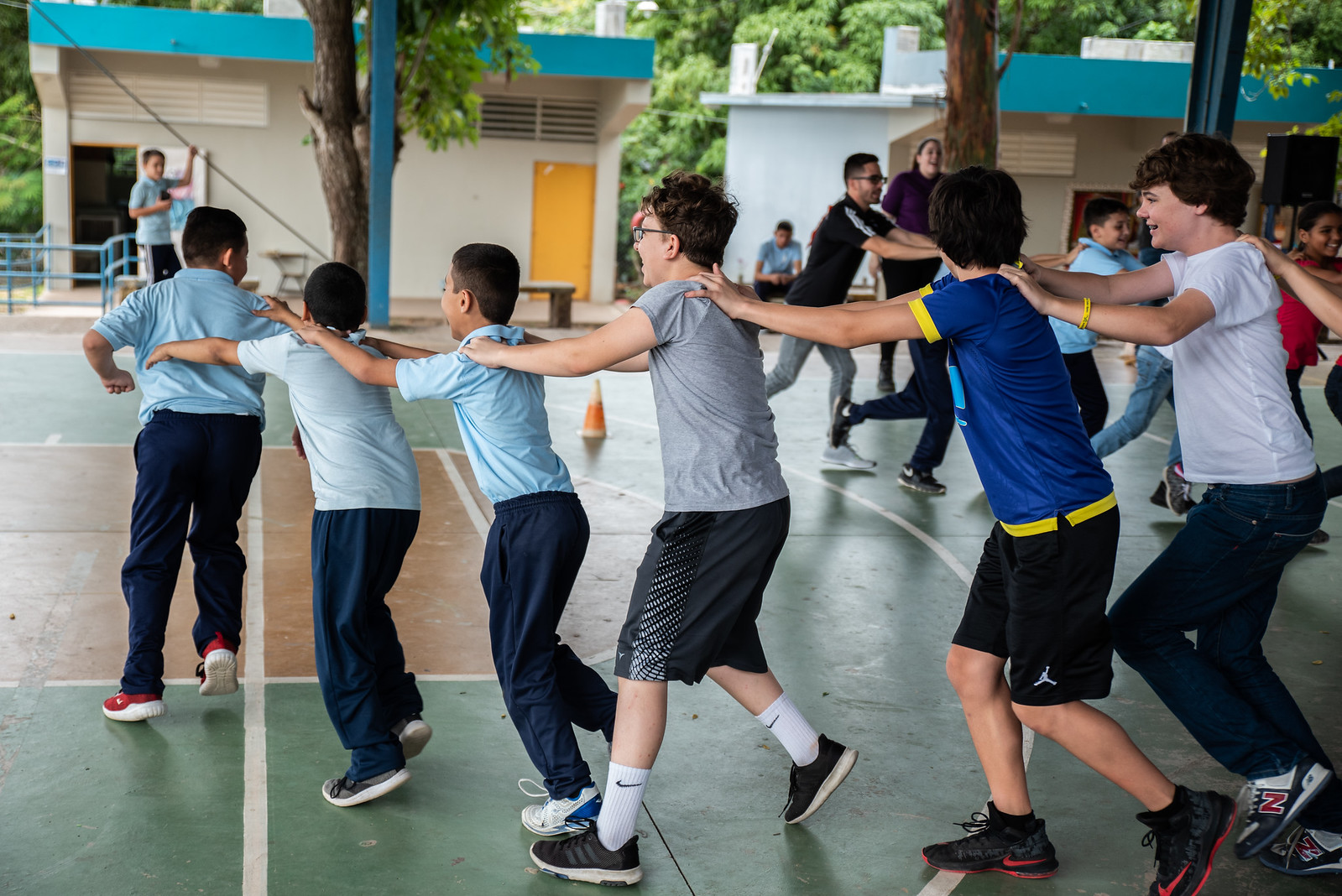
The sum of these experiences filled the three buckets of immersive project-based learning: engagement, empathy, and equity.
TCS prepares our students to be confident, socially responsible citizens of the world. A TCS education goes beyond books and memorization and challenges our leaders to excel academically, develop noble character, and mature socially and emotionally.
This special group of compassionate, community-minded global citizens has surely set the tone for future classes to follow in their brave footsteps.


